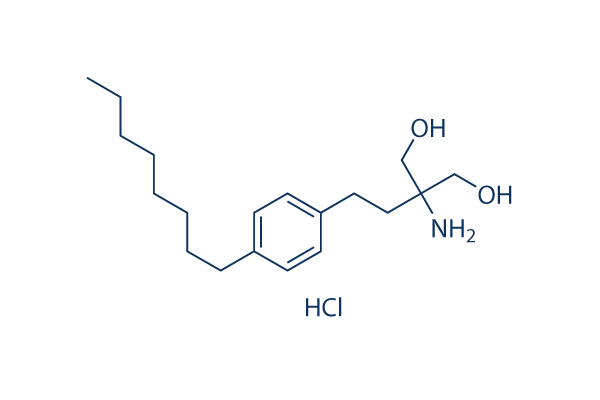DcR3 is often a secreted protein, which may be detected in blood serum. So it could serve as being a dependable index for clinical malignant tumor diagnosis, treatment method and prognosis. For that reason, DcR3 has the probable of getting to be a novel tumor marker from the future. The m7GpppN cap framework is usually a defining attribute of eu karyotic mRNA and is required for mRNA stability and effective translation. The cap is formed by 3 enzy matic reactions. the 5 triphosphate end from the nascent pre mRNA is hydrolyzed to a diphosphate by RNA tri phosphatase. the diphosphate end is capped with GMP by RNA guanylyltransferase.
plus the GpppN cap is methylated selleck chemical by RNA methyltransferase, Although the three capping reactions are universal in eu karyotes, there is a surprising diversity inside the genetic or ganization with the capping enzymes at the same time as being a total divergence during the construction and catalytic mechanism in the RNA triphosphatase element in reduce versus higher eukaryotic species, Metazoans and plants have a two component capping system consisting of a bi practical triphosphatase guanylyltransferase polypep tide and also a separate methyltransferase polypeptide, whereas fungi consist of a 3 part process con sisting of separate triphosphatase, guanylyltransferase, and methyltransferase gene products. The primary structures and biochemical mechanisms from the fungal and mammalian guanylyltransferases and cap methyl transferases are conserved.
However, the atomic struc tures and catalytic mechanisms on the fungal and mammalian RNA triphosphatases are wholly vary ent, Hence, it has been suggested that RNA triphos phatase is actually a promising target for antifungal drug discovery, The triphosphatase, guanylyltransferase, and methyltransferase components of read full article the cap ping apparatus are essential for cell growth within the bud ding yeast S. cerevisiae. Mutations of your RNA triphosphatase Cet1 that abrogate catalytic activity in vit ro are lethal in vivo, consequently, it can be affordable to believe that pharmacological inhibition of Cet1 perform in vivo would impede cell growth. The important thing question is no matter whether RNA triphosphatase is usually a valid drug target in other fungal species moreover Saccharomyces cerevisiae and whether or not a mechanism based in hibitor of 1 fungal RNA triphosphatase could be ex pected to show broad spectrum activity against triphosphatases from other fungal species.
To tackle these concerns, we now have characterized the RNA triphosphatases of two other fungi, including the human pathogen  Candida albicans and also the fission yeast Schizosaccharomyces pombe. The fungal tri phosphatases, S. cerevisiae Cet1, C. albicans CaCet1 and S. pombe Pct1, belong to a brand new loved ones of metal rely ent phosphohydrolases that embraces the triphos phatase components of DNA virus and protozoan mRNA capping systems, The defining characteristics on the metal dependent RNA triphosphatases are two glutama te containing motifs which are necessary for catalysis and comprise the metal binding web-site during the crystal framework of S.
Candida albicans and also the fission yeast Schizosaccharomyces pombe. The fungal tri phosphatases, S. cerevisiae Cet1, C. albicans CaCet1 and S. pombe Pct1, belong to a brand new loved ones of metal rely ent phosphohydrolases that embraces the triphos phatase components of DNA virus and protozoan mRNA capping systems, The defining characteristics on the metal dependent RNA triphosphatases are two glutama te containing motifs which are necessary for catalysis and comprise the metal binding web-site during the crystal framework of S.
LPA Receptor Signaling
A protein that in humans is encoded by the LPAR1 gene.
